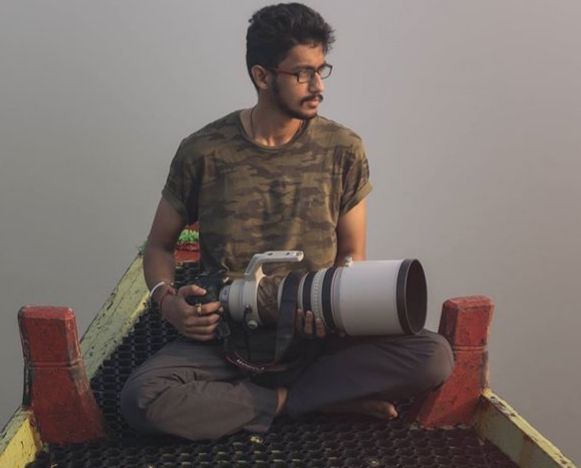Swaroop Singha Roy is a wildlife photographer who has worked for the past eight years who is passionate about forest conservation and wildlife. In a conversation with The EarthView’s Srijani Roy Chowdhury, Swaroop reveals his fondness of capturing elephants and also highlighted the importance of creating awareness about wildlife with his photography.
Q.) From where you have learnt the art of photography?
Swaroop: I am a self-learner, most of my photography knowledge came from Google and YouTube. But, I have also been fortunate enough to get first-hand knowledge about wildlife and the art of photography from some of the most renowned names of this field.
Q.) What strategy do you follow while going for any photoshoot?
Swaroop: I do quite a lot of pre-visualisation before arriving at the spot and always try my best to make the final image come as close to it as possible. However, in wildlife photography, neither the subjects nor the environment is under our control. Therefore a lot of things do not go as planned all the time. Improvising is always required in certain situations. For instance, if I am going to visit a forest where I know that a family of elephants crosses the river every morning. I will have a pre -visualised frame in my mind. However, after reaching the spot, I notice that the elephants are coming from a different direction. The scene is nowhere near what I had imagined in the first place. This is where I must improvise, make the best possible use of the available elements in the frame and take the shot.
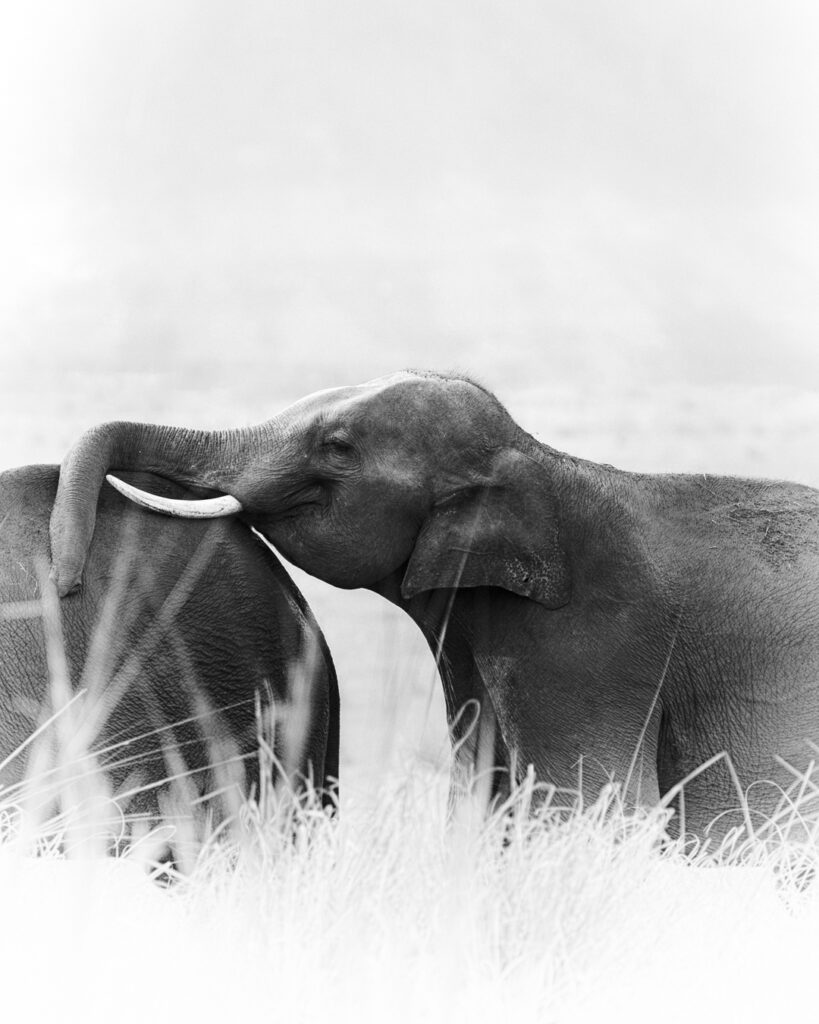
Q.) Which species of animals do you mostly find yourself capturing?
Swaroop: I mostly visit Kaziranga and Corbett, and my favourite subject has always been elephants. I can spend hours watching these magnificent creatures and try creating visual stories out of them. Though, when I am in the city, I spend most of my time exploring the small world around us capturing the tiny creatures that inhabit there, from spiders to butterflies!
Q.) Which one was the most difficult or memorable experience of your wildlife photography so far?
Swaroop: Back in 2012, I had a very unexpected encounter with an Indian Wolf in Kuldiha Wildlife Sanctuary of Odisha. The existence of wolves in this forest was not much known to the forest officials. Therefore. the image helped in an investigation of a wild animal that attacks livestock at a nearby village. This was one of the first photographic evidence of this species from Kuldiha. Taking the photo was quite a challenge because of the low light, it was almost sunset and the camera that I had then was not so technologically advanced to cope up with such low-light situations. This was one of the most memorable experience I had in my career.
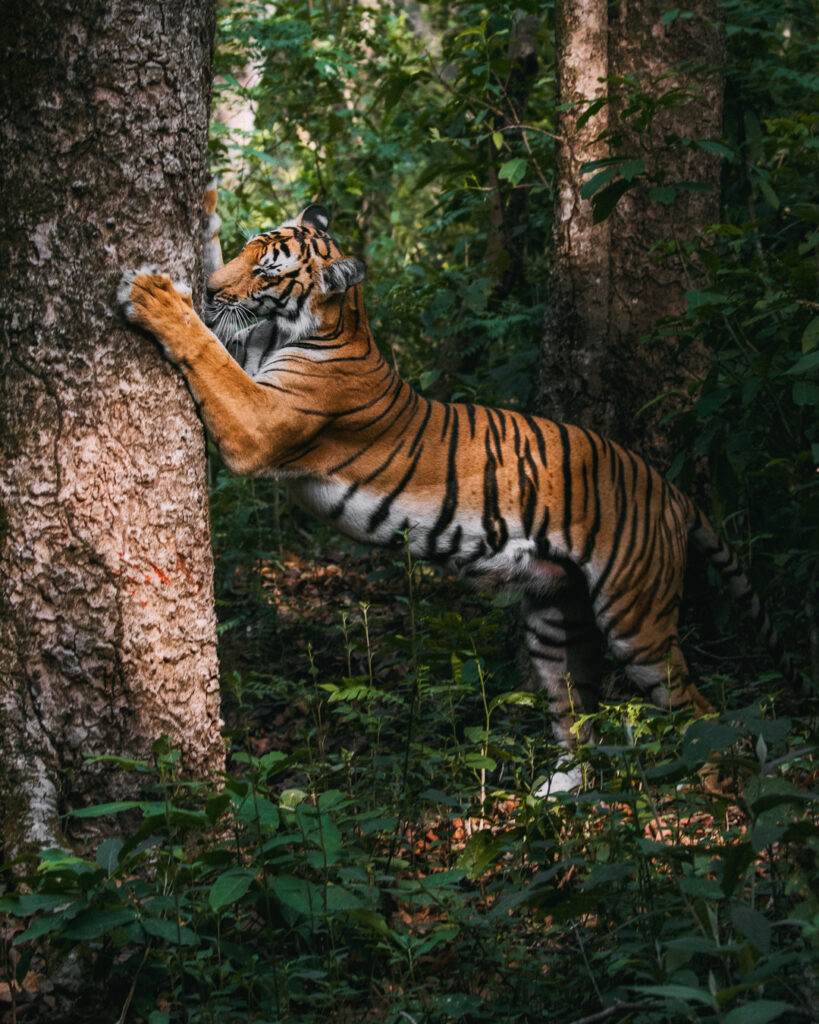
Q.) What effective measures do you think the wildlife photographers should take before going for a shoot so that it doesn’t affect the harmony among humans, animals and the environment? What is one thing that every wildlife photographer should practice?
Swaroop: All wildlife photographers must be ethical in their job and should not do anything that poses a threat to the animal or its habitat. One should properly study the species, its behaviour and its habitat before going on the field. Any action that might disturb the species or jeopardize its safety should always be avoided. I believe that compassion and consciousness are two very important characteristics of a wildlife photographer. One should first have love and respect for nature and animals. We must always remember that photography is a tool that has the power to connect people with nature. The primary aim should always be towards making people aware of the importance of wildlife.
Q.) You being a wildlife photographer, what do you feel about the present condition of forests in our country?
Swaroop: India is one of the richest countries in the world when it comes to biodiversity. The natural heritage of this country is the major support system for the 1.3 billion people that reside here. Increasing developmental projects has damaged our forests to a great extent. For example, the construction of roads and railway tracks through forests have had a detrimental impact on thousands of wildlife. Every day we get to see valuable wildlife dying because of roadkills in someplace or the other. The ever-growing demands of humans, mostly to fulfil our greed have today endangered our very own natural heritage.
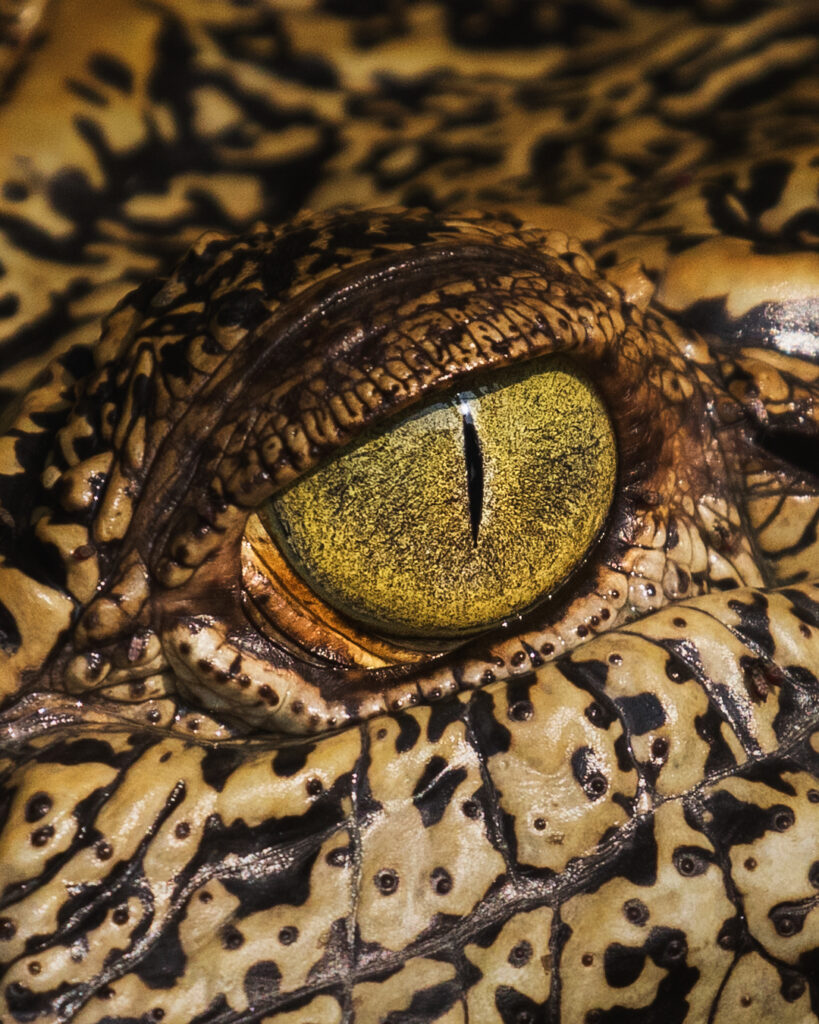
Q.) As we have observed that the cases human-animal conflicts have increased in our country, what do you think could be the possible reason for that?
Swaroop: One of the major factors behind human-animal conflicts is the loss of habitats. Human encroaching forest lands often lead to a loss of natural habitat for the wildlife and even causes a depletion in the prey-base for certain carnivores. This eventually makes many animals enter villages and other human settlements in search of food, and this is what triggers conflicts between the two species. Such encroachments have even resulted in the changing of migration routes of many animals.
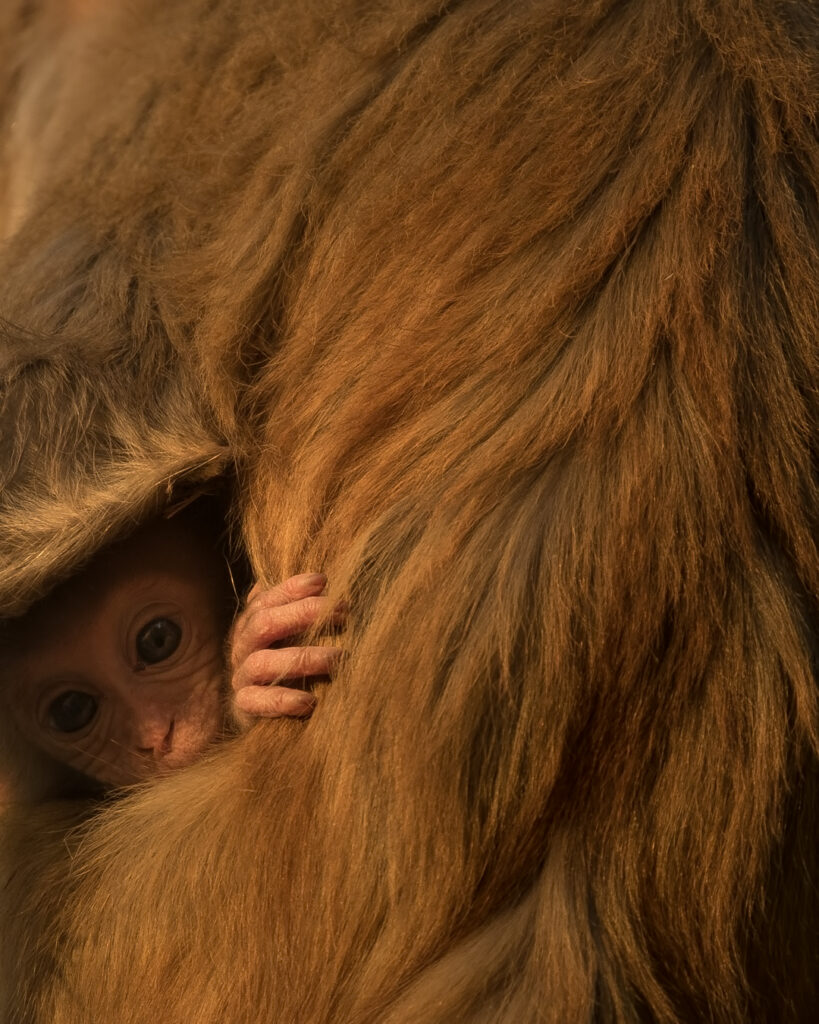
Q.) According to you, what measures should be taken to preserve our forests and wildlife?
Swaroop: It is important to create awareness at the grass-root level of society. It is the key to the conservation of forests and wildlife. People must be aware of the importance of wildlife/forests and must know how important it is to protect them. A sustainable model of development must be ensured by the government to avoid less harm to the natural habitats of the wildlife. There should implementation of strict regulations and laws regarding the conservation of wildlife.

